WE CAN’T WAIT TO COME TO THE OFFICE, BUT HOW?
August 18, 2021
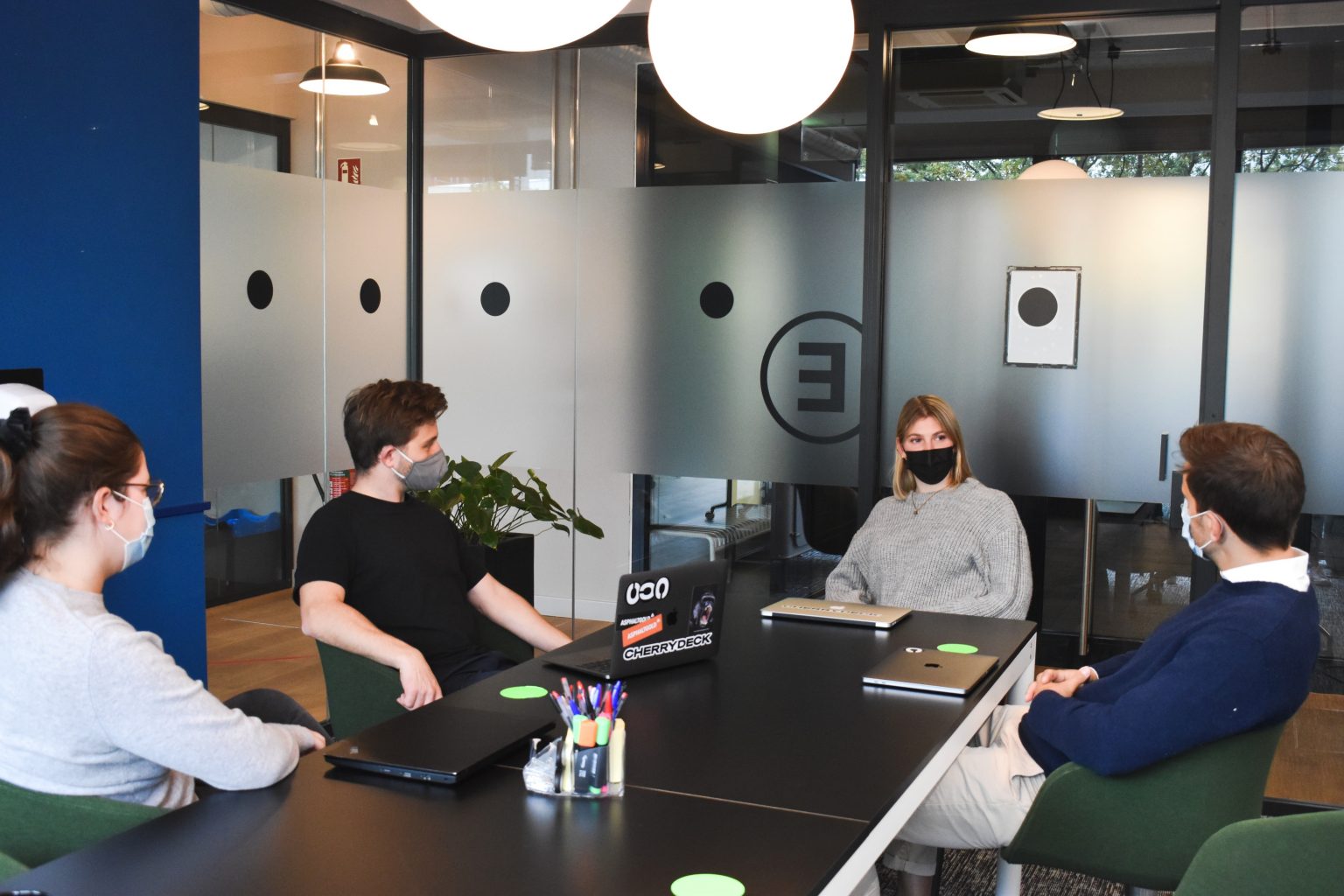
Our ideas surrounding the workplace environment have drastically evolved since COVID-19. The workplace may no longer be a single location, but an ecosystem of locations and experiences to support safety, functionality, convenience, and wellbeing. Having helped many organizations navigate the uncharted waters of COVID-19, we have put together our top ideas.
Office Will Not Go Away
Over the past year, remote working has received a lot of love; however, we believe that the traditional office will not go away any time soon. A physical office is a place where we come to connect and build relationships with our colleagues and stakeholders. No matter how hard we try to leverage those social interactions through Zoom/ Teams/ Skype meetings, we cannot replicate the whole in-person experience. For example, casual conversations in the photocopy room, or A’s body language while talking to B satisfies our hunger for human connection. Clients typically want to come and have in-person meetings because they want to have a feel for our corporate culture and working environment, which cannot be fully exhibited through online meetings.
Mentorship also plays a big part in the office, especially with post-secondary graduates and students entering the workforce. Many people find job shadowing or working closely with others in a particular workspace to be an effective way of learning. At the end of the day, office spaces are carefully built and designed with a variety of settings catered to the infrastructure of the company. The home environment can work for some of the time or some of those activities, but it is likely not going to be as effective as a customized environment with minimal distractions.
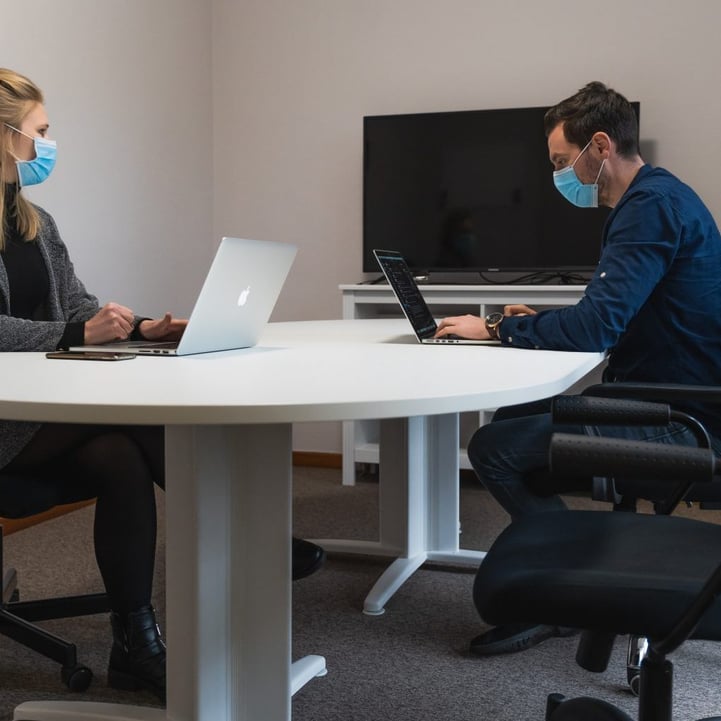
Physical Distancing Is The Top Of Mind
With COVID-19 still lingering, physical distancing is top of mind for many employers and business owners when it comes to office furniture solutions. There are a few options to help organizations create spatial barriers for employees, as they filter back into the office.
- Utilizing glass or plexiglass to control the spread of any virus. The glasses give the employees the protection they need, especially in high traffic areas, or where their workstations are not big enough to allow physical distance.
- Hotelling stations can also be a great solution. This is a method of reserving office space and resources in an office, instead of assigning employees to a regular workspace.
- Hot Desking, like hotelling stations, allows employees to reserve an office space; however, it is based on first-come, first-serve basis.
Adding further accessories to the existing furniture is another alternative to create physical distancing barriers. Some barriers can make the space look dense, so it is recommended to use clear materials, allowing natural light to beam through.
In addition, creating some storage space for employees’ personal belongings using staff lockers is also encouraged. Not only does this keep their items safe while on their job, but it also helps avoid spreading germs among people.
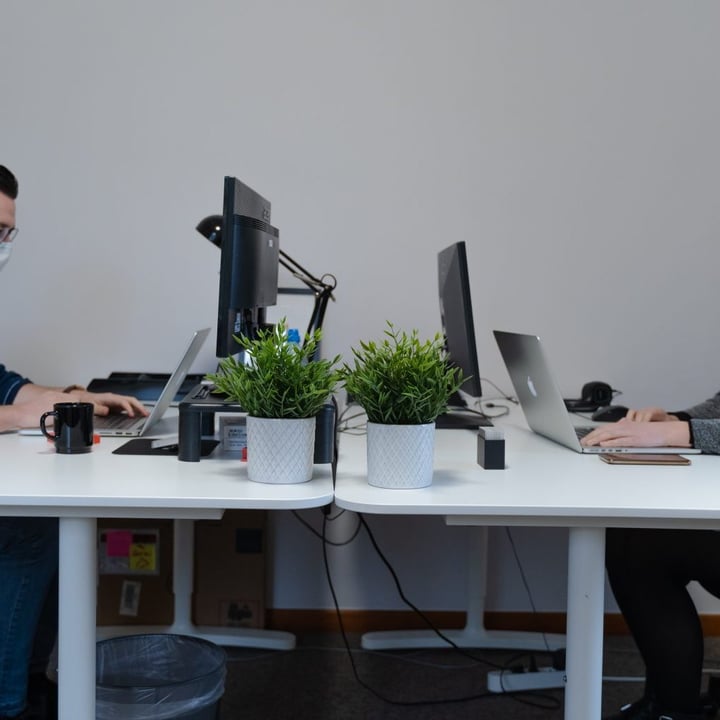
Hybrid Working Model – The Best Of Both Worlds
The Hybrid working model combines remote and onsite work and continues to be the trend for 2021. Many employers have chosen this option because it allows employees to reduce the number of people in the office for safety and physical distancing due to COVID-19. However, hybrid working is not meant to be a temporary solution, but a response to allow more flexibility for team members. Almost a year since the pandemic began, and one thing we have all learned is that working remotely offers great benefits, such as less commute, and better work-life balance. However, it does not work for every team or industry. The feedback that we received was that many teams did not generate the same results they had prior to working from home due to the lack of collaboration. Nonetheless, coming out of COVID-19, the hybrid working model is a great way for employees to have the flexibility to work remotely, as well as giving organizations the opportunity to rebuild corporate culture at their own pace.
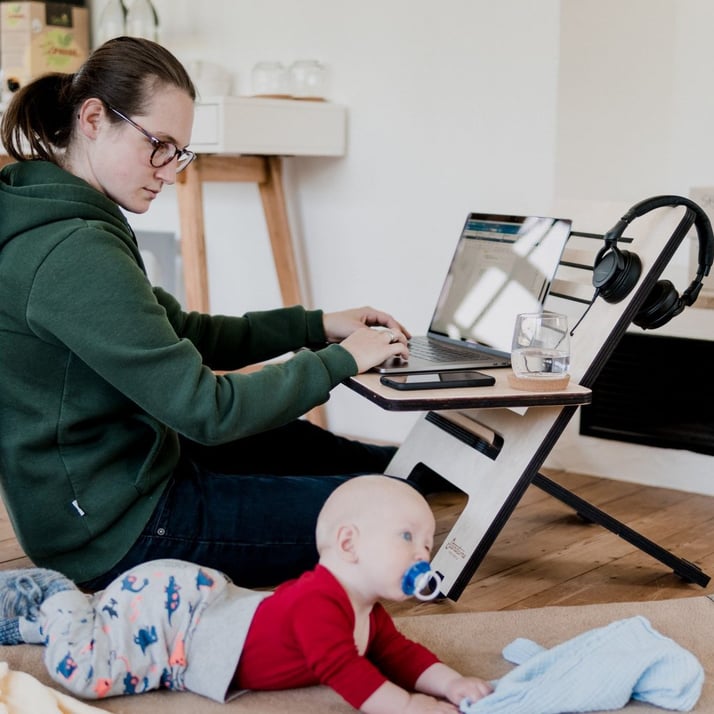
Activity-Based Working Model
The Activity Based Working model (ABW) used to be considered only for the most progressive companies. Now, it has become more versatile than ever, as the pandemic has shown the need for organizations to be able to adapt quickly to succeed. Teams that utilize the full ABW model prove to be more resilient and able to embrace adversity. ABW is much more than just a physical space, it re-defines the way we work involving people, technology, and space.
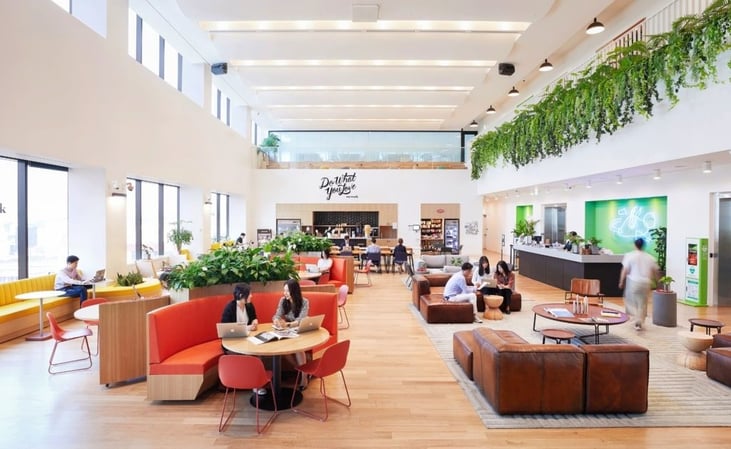
In ABW, the workplace is no longer organized by departments, projects, teams, or confined to a particular place. An ABW office is specifically designed around work activities that employees need to perform at work. The purpose of this model is to empower workers to create the optimal work environment they need to do their job and deliver an outstanding experience to their clients. It also appeals to employers as it gives them the option of accommodating more people in fewer square meters, reducing overall real estate spend.
If you have any questions about office furniture solutions, book a complimentary consultation with us today at 1-888-230-2280 or customerservice@cdispaces.ca.

